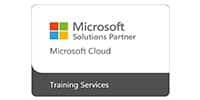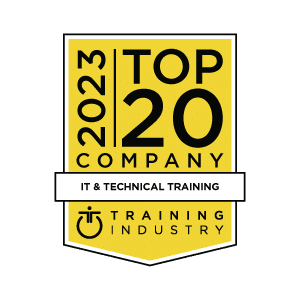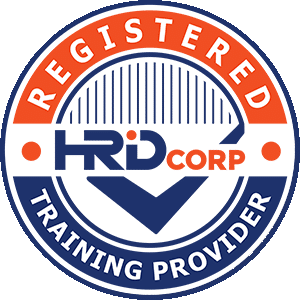Overview
Configuring Azure Virtual Desktop for the Enterprise
This one-day Microsoft training teaches Azure administrators how to plan, deliver, and manage virtual desktop experiences and remote apps, for any device, on Azure. Summarized lessons include implementing and managing networking for Azure Virtual Desktop, configuring host pools and session hosts, creating session host images, implementing, and managing FSLogix, monitoring Azure Virtual Desktop performance and health, and automating Azure Virtual Desktop management tasks.
Students will learn through a mix of condensed demonstrations deploying virtual desktop experiences on Azure Virtual Desktop and running in multi-session virtual environments.
Skills Covered
In this course you will learn to:
- Understand Azure Virtual Desktop Architecture
- Design the Azure Virtual Desktop architecture
- Design for user identities and profiles
- Implement and manage networking for Azure Virtual Desktop
- Implement and manage storage for Azure Virtual Desktop
- Create and configure host pools and session hosts for Azure Virtual Desktop
- Create and manage session host image for Azure Virtual Desktop
- Manage access for Azure Virtual Desktop
- Manage security for Azure Virtual Desktop
- Implement and manage FSLogix
- Configure user experience settings
- Install and configure apps on a session host
- Plan for disaster recovery
- Automate Azure Virtual Desktop management tasks
- Monitor and manage performance and health
Who Should Attend
Students for AZ-1005: Configuring Azure Virtual Desktop for the Enterprise are interested in delivering applications on Azure Virtual Desktop and optimizing them to run in multi-session virtual environments.
As an Azure Virtual Desktop administrator, you will closely with the Azure Administrators and Architects, along with Microsoft 365 Administrators. Azure Virtual Desktop administrator responsibilities include planning, deploying, packaging, updating, and maintaining the Azure Virtual Desktop infrastructure.
Course Curriculum
Prerequisites
This course assumes familiarity with Azure Virtual Desktop, including virtualization, networking, identity, storage, backup and restore, and disaster recovery.
Students should have knowledge of on-premises virtual desktop infrastructure technologies as they relate to migrating to Azure Virtual Desktop. Students are expected to have used tools common to the Azure environment, such as the Azure PowerShell and Cloud Shell.
Course Modules
Exam & Certification
This course is not associated with any Certification.



